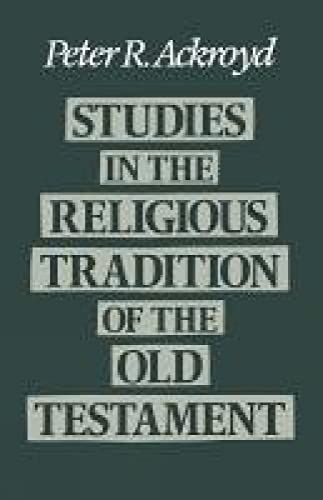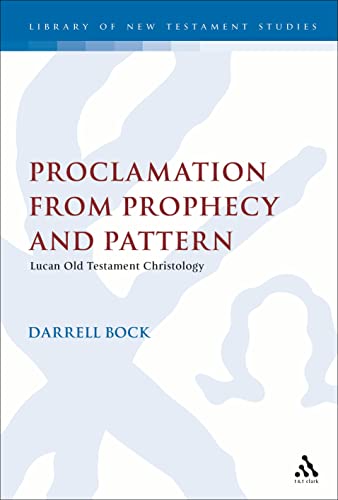Baptism and Resurrection: Studies in Pauline Theology against its Graeco-Roman Background
Written by A. J. M. Wedderburn Reviewed By I. Howard MarshallDr Wedderburn, who lectures in NT in the University of St Andrews, here presents the fruits of his post-doctoral research, the kind of work which would be worthy of a DD or similar degree. His book is a work of considerable erudition and complexity, displaying mastery of a vast range of ancient literature, critical analysis of modern scholarship, and discussion of areas unfamiliar to many students. It is not, therefore, likely to offer easy reading to the clientele of Themelios, although the author does his best to guide the reader with helpful signposts and summaries.
The theme, broadly speaking, is the possible influence of the Mysteries upon Pauline theology. Wedderburn argues that the Mysteries were indeed alive and well in the first century; he denies that there was a common theology to them, and he claims that some of their language was broadly known and used in the first century. Hence the possibility of influence on early Christians (such as the Corinthian church) and on Paul himself from ideas originally at home in the Mysteries cannot be ruled out.
The particular area in which such influences have been seen is that of Christian baptism, with the associated ideas of union with Christ, sharing in his death and resurrection, and living in the Spirit. There is a widespread view that when we read of believers sharing now in Christ’s resurrection (Eph. 2:6; Col. 2:12; 3:1) this idea is derived from that of sharing in the experience of a dying and rising god in the Mysteries. Wedderburn argues against this view in three ways. First, he claims that in Rom. 6 Paul never speaks of sharing now in Christ’s resurrection but only of sharing in his death. Second, the Corinthians who did not believe in a future resurrection are sometimes held to have believed that they had already experienced resurrection (2 Tim. 2:18), but Wedderburn argues that this is an unlikely interpretation. Third, the language of resurrection is strongly associated with the physical body in contemporary Judaism and Hellenism. Later spiritualization of the idea was due to reinterpretation of Christian ideas.
Wedderburn enquires in detail whether the deities in the Mysteries did experience death and resurrection and asks how salvation was gained in these religions. He shows that hope rested on the power of the deities rather than upon sharing in their experiences. On the other hand, he finds a more plausible explanation of the Christian understanding in terms of Jewish ideas which suggested some kind of solidarity with Christ. It is true that Christian initiation involved some kind of anticipation of the future, but this was through proclamation of what Christ had done rather than through any kind of ritual re-enactment of it.
What, then, of the experience of the Spirit, especially in the lively forms current in Corinth? Wedderburn does find some links here to Graeco-Roman ecstatic experiences, particularly in prophecy, but again the main background is Jewish. It was a sign of spiritual life but not of anything that amounted to resurrection.
Nevertheless, despite this massive criticism of the concept of influence from the Mysteries, Wedderburn does allow that Paul must have spoken in terms that made sense to his Hellenistic readers. He argues that the concept of ‘dying in order to become’ was widespread in the ancient world, particularly in rites of passage, and is found both in the Mysteries and in Christian initiation. The Christians drew it from the general stock of ideas available to them.
How, then, did the idea that Christians have already risen with Christ develop? Wedderburn argues that it was a logical step to move from the ‘asymmetry’ of Rom. 6, where Christians already share in the death of Jesus but not in his resurrection, to a more symmetrical kind of statement in Eph. and Col., particularly in view of the way in which the concept of life or new life was already firmly established as a description of the nature of salvation.
The scholarly caution with which this book is written and the care with which different positions are fairly assessed may hide the impact of the argument as a whole. In his concluding sentence Wedderburn claims ‘to have set a large warning sign at the entry to … a “dead-end” in Pauline studies, the interpretation of Paul’s doctrine of union with Christ as derivative from the mystery cults of his day’. It would require a specialist in Graeco-Roman religions to assess his arguments properly, but to the present reviewer it seems that Wedderburn has not merely erected a warning sign: rather he has very effectively sealed off this cul de sac.
Wedderburn admits that he has not solved the problem of what exactly the Corinthians meant by their denial of the future resurrection. Where I find him not altogether persuasive is in his denial that a present resurrection experience can be found in Rom. 6. The matter may simply be one of terminology. Paul does not apply the actual language of resurrection to believers, since it had strong physical associations and therefore he reserves it for the future experience of bodily resurrection. Yet he does draw a clear parallel between the resurrection of Jesus and the fact that Christians ‘walk in newness of life’, and ‘shall live’ with him. He speaks of Christ being raised ‘from the dead’ and believers being alive ‘from the dead’. I am not entirely convinced by Wedderburn’s attempt to play down this parallelism. Nor is it clear that the main force of his argument depends upon establishing this point. For if dying with Christ cannot be derived from the Mysteries, neither can being raised with him.
There is room for more work on the question of the origin of the idea of union with Christ, together with the phrases ‘with Christ’ and ‘in Christ’, which Wedderburn explains in terms of the representative figure of the past with whom his descendants are linked and of their solidarity with him. He has himself made some important suggestions on this problem in two essays, ‘The Body of Christ and Related Concepts in 1 Corinthians’, SJT 24 (1971), pp. 74–96, and ‘Some Observations on Paul’s Use of the Phrases “in Christ” and “with Christ” ’, JSNT 25 (1985), pp. 83–97, and it is much to be hoped that he will go on to follow these up with a fuller study of these often neglected phrases.
I. Howard Marshall
I. Howard Marshall
University of Aberdeen
Aberdeen, Scotland, UK







